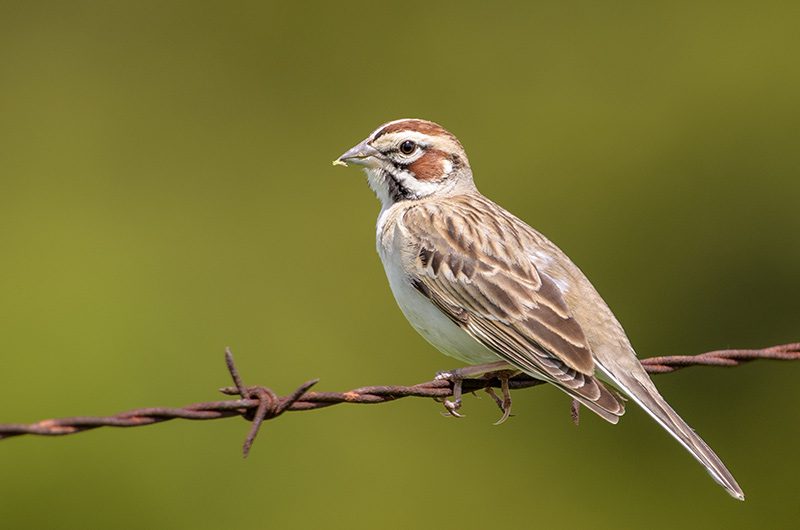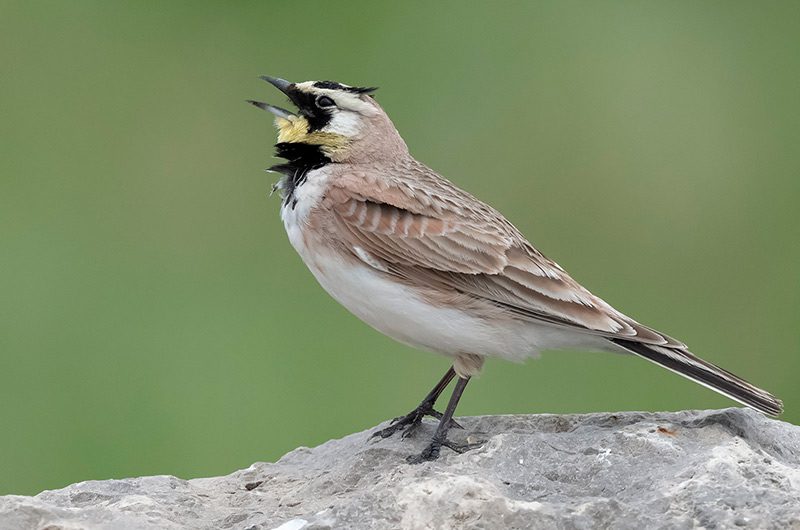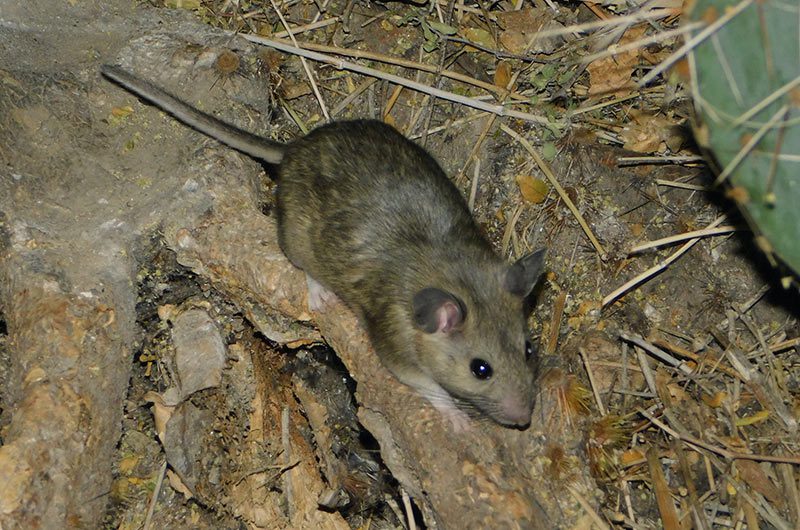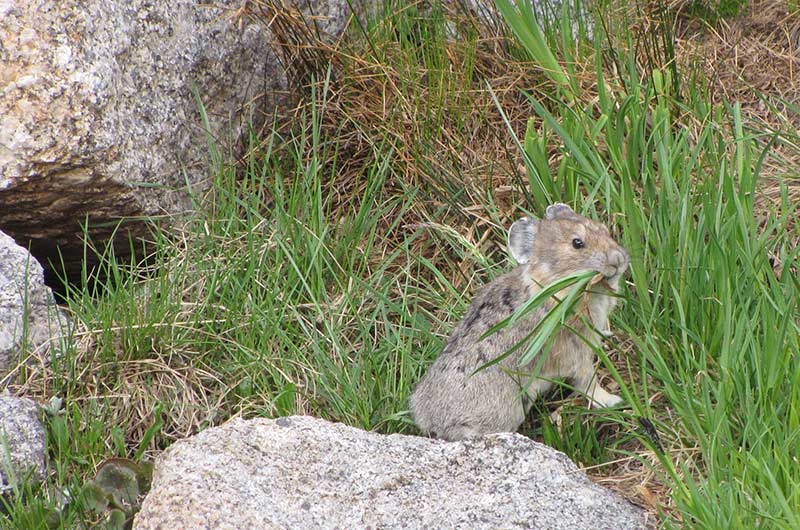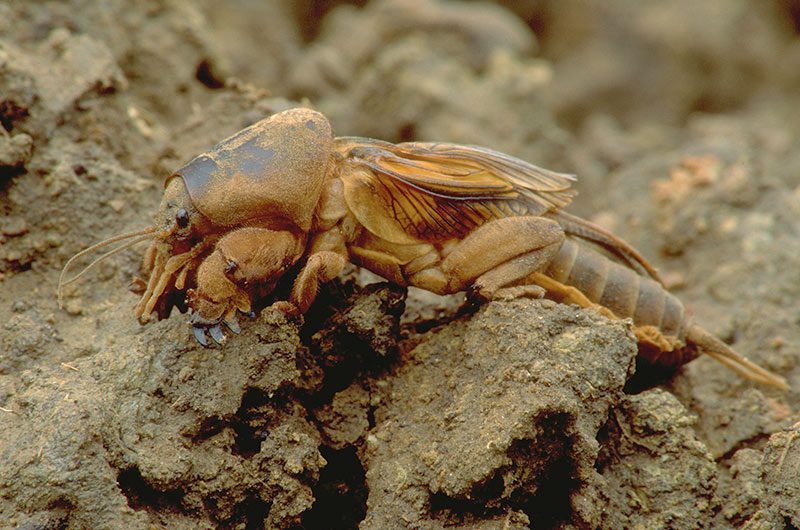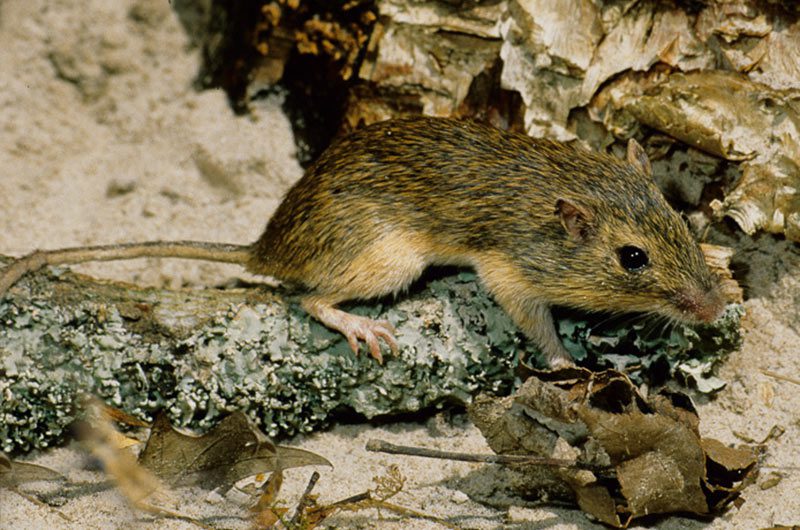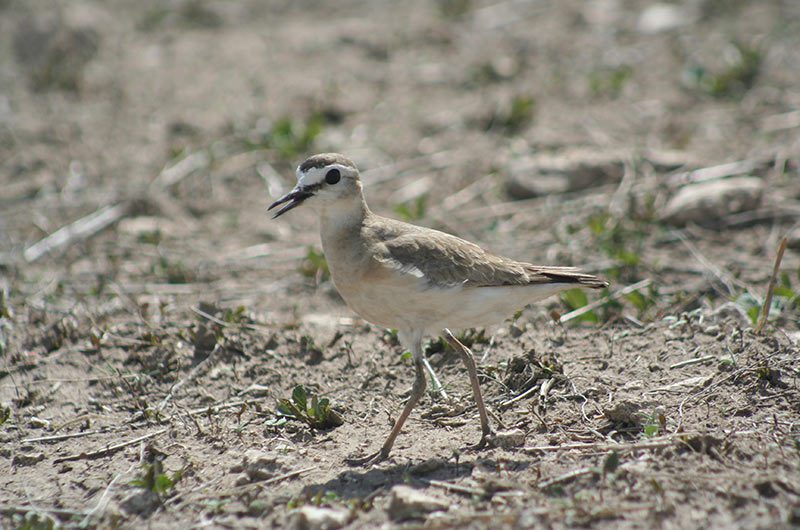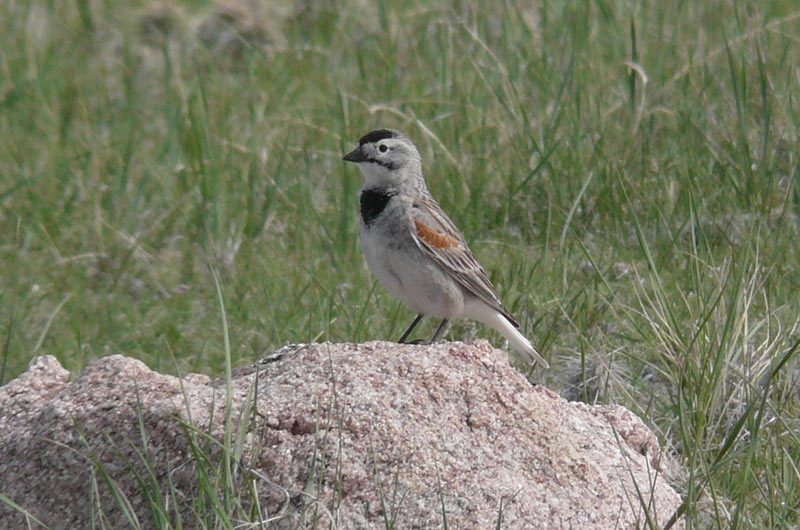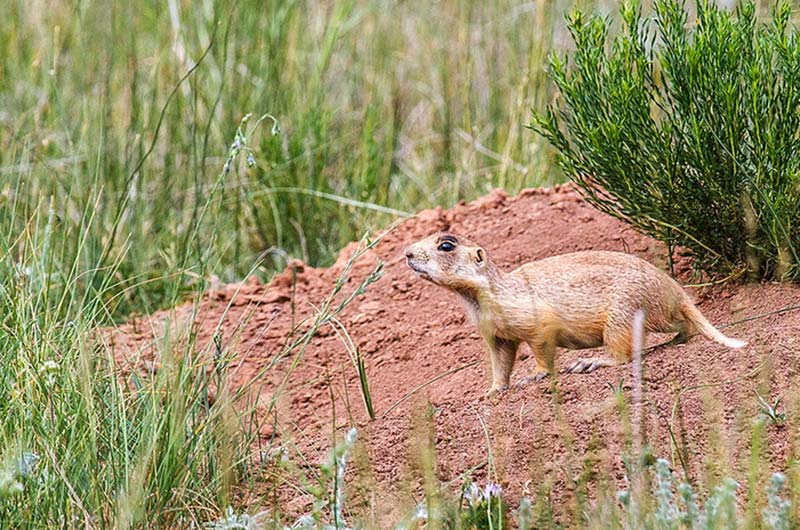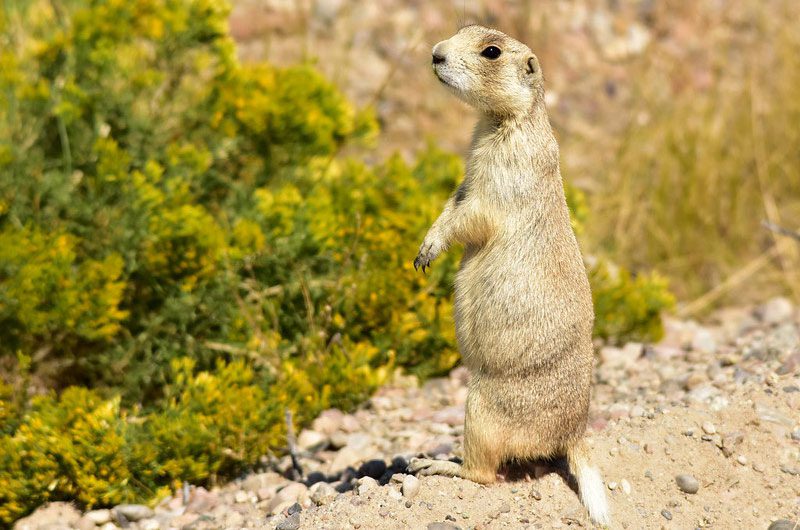LandPKS Learning
Habitat Hub
Factsheets and other helpful resources about the wildlife species living on your land (US only)
Lark Sparrow
Courting male lark sparrows put on a dance that lasts for up to 5 minutes. The dance starts with the male hopping, then spreading his tail and drooping his wings so that they nearly touch the ground, almost like a turkey strutting.
Read moreHorned Lark
The female Horned Lark selects a nest site on bare ground, apparently with no help from her mate. She uses her bill to loosen soil and flip it aside to dig a cavity, sometimes also kicking dirt out with her feet. She either chooses a natural depression in which to build the nest or excavates the site herself, a process that can take several days.
Read moreWhite-throated Woodrat
The white-throated woodrat is also called a packrat. They will live in burrows, caves, or construct elaborate middens of coarse woody debris, vegetation, and cactus joints. Middens or dens are built at the base of trees, shrubs, and cacti using locally available materials such as spiny plant parts from cholla, prickly pear, mesquite, and catclaw, likely as protection from predators. Middens can get as large as 3 ft/0.9 m high and 10 ft/3 m in diameter.
Read moreAmerican Pika
American pika are very sensitive to temperatures and can die if exposed for brief periods to temperatures greater than 77.9o F/ 25.5o C. They rely on a moderate snowpack to insulate them from extreme cold. Pikas have high energetic demands as they do not hibernate. Therefore they are considered an indicator species for climate change especially temperature extremes and changes in snow.
Read morePrairie Mole Cricket
Male prairie mole crickets form aggressions or leks which are easy to locate from the loud call of the males. During the spring mating season, males call to flying females attracting them for mating from specialized acoustic burrows that are shaped like a bicycle horn and greatly amplify the sound of their calls. The male rubs its wings together after positioning itself with its head toward the back of the chamber, starting around sunset and ending at darkness.
Read moreHispid Pocket Mouse
Hispid pocket mice store seeds in burrows for consumption during the winter. Older animals tend to build more complex burrow systems than younger animals.
Read moreMountain Plover
The mountain plover has an unusual mating strategy to increase hatching success of their young. The male builds two nests on the ground (see photo above), often incorporating bits of rocks or even cow pies. The female lays 3 eggs in each nest. The adults are likely not monogamous so there could be more than one father! Each adult incubates a nest to double the likelihood of success, this uniparental strategy is rare among shorebirds.
Read moreThick-billed Longspur
The ground nests are difficult for predators (and humans) to find because the female sits tightly on her nest until practically stepped upon, relying on her camouflage to avoid detection. Females also have a strong instinct to protect the eggs. One researcher who wanted to count eggs in the nest of a particularly protective mother had to first lift her off the nest because she refused to abandon her eggs even momentarily.
Read moreUtah Prairie Dog
Utah prairie dogs reproduce more slowly than other rodents and have high mortality rates. Although females mate and produce litters in their first year, less than half of males mate in their first year. Females give birth to a single litter each year, averaging 3-5 young. However, fewer than 60% survive their first year and 30% survive their second year.
Read moreWhite-tailed Prairie Dog
White-tailed prairie dogs prefer eating forbs over grasses. This behavior may increase the availability of forage grasses preferred by other species, including livestock.
Read more
Mobile App | Data Portal | Knowledge Hub | Habitat Hub | Learning Collections | Blog | About | Contact | Support

